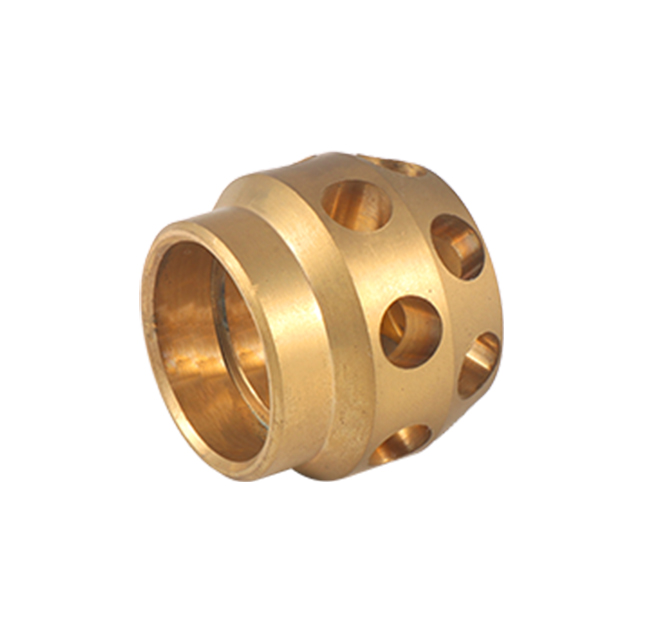Time:2025-07-18 Views:0 source:CNC Machining customization source:CNC Machining news

In the realm of electrical engineering, the customization of sheet metal power distribution boxes is a critical process that caters to the diverse and specific requirements of different power systems. These boxes serve as the nerve centers for power distribution, ensuring the safe and efficient transfer of electrical energy. Customization allows for optimal integration with existing electrical infrastructure, enhanced functionality, and compliance with strict safety standards.
The first step in customization involves a thorough understanding of the application requirements. Factors such as the electrical load capacity, number of circuits, and types of electrical components to be housed must be carefully considered. For example, in a large industrial plant with high - voltage power requirements, the power distribution box needs to be designed to handle heavy - duty electrical currents. Customization enables the precise sizing of the box to accommodate large - scale circuit breakers, transformers, and other essential components. The layout of internal compartments is also customized based on the specific electrical connections and the need for proper isolation between different voltage levels to prevent electrical hazards.
Material selection is another crucial aspect of customization. Sheet metal materials commonly used for power distribution boxes include stainless steel, galvanized steel, and aluminum. Stainless steel is favored for its excellent corrosion resistance, making it suitable for outdoor installations or environments with high humidity and exposure to corrosive substances. Galvanized steel offers a cost - effective solution with good protection against rust, often used in indoor settings where the environmental conditions are relatively mild. Aluminum is lightweight and has good electrical conductivity, which can be an advantage in applications where weight reduction is a priority, such as in mobile power distribution units. The thickness of the sheet metal is also customized according to the required strength and protection level of the box.
In addition to material and size, the customization process also encompasses the design of the box's external features. This includes the placement and type of access doors, ventilation openings, and cable entry points. Access doors need to be designed for easy maintenance and quick access to internal components. Ventilation openings are strategically positioned to prevent overheating of electrical components, and their size and shape are customized based on the heat - generating capacity of the installed equipment. Cable entry points are designed to accommodate different types of cables and ensure a secure and watertight seal to prevent dust and moisture ingress.
Furthermore, customization often involves the integration of intelligent monitoring and control systems. With the development of smart grid technology, power distribution boxes can be customized to include sensors for monitoring electrical parameters such as voltage, current, and temperature. These sensors are connected to a control unit that can communicate with a central management system, enabling real - time monitoring and remote control of the power distribution process. This level of customization enhances the reliability and efficiency of the power system and facilitates predictive maintenance.
the customization of sheet metal power distribution boxes is a comprehensive process that combines technical expertise, material knowledge, and a deep understanding of electrical system requirements. Through precise customization, these boxes can provide reliable, safe, and efficient power distribution solutions for a wide range of applications.
Read recommendations:
Sealing ring Precision electronic parts
Housing components for recessed downlights Precision electronic parts
Oval Magnetic Hardware Precision electronic parts
CNC Machining Dimension Accuracy
CNC processing factory - Meeting customers' strict requirements for precision